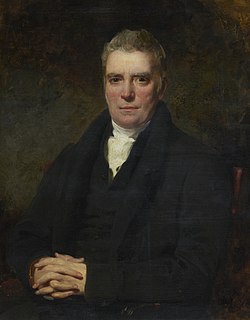| Life Church | |
|---|---|
 | |
 | |
| 55°56′43.86″N3°10′58.86″W / 55.9455167°N 3.1830167°W | |
| Location | Edinburgh |
| Country | Scotland |
| Denomination | Apostolic Church |
| Previous denomination | United Free Church of Scotland (1900–1920) Free Church of Scotland (1852–1900) United Original Secession Church (1842–1852) Auld Licht Anti-Burgher Secession (1806–1842) |
| History | |
| Former name(s) | McCrie-Roxburgh United Free Church (1900–1920) McCrie-Roxburgh Free Church (1886–1900) McCrie Free Church (1858–1886) Davie Street Free Church (1852–1858) Davie Street United Original Secession Church (1842–1852) Edinburgh Auld Licht Anti-Burgher (Constitutional) Secession Church (1806–1842) |
| Status | Active |
| Founded | 1930 |
| Architecture | |
| Functional status | Active |
| Style | Neoclassical |
| Completed | 1813 |
| Clergy | |
| Pastor | Jacob Crolla |
Listed Building – Category B | |
| Official name | Apostolic Church Davie St and West Richmond Street |
| Designated | 12 December 1977 |
| Reference no. | LB30009 |
Life Church is a congregation of the Apostolic Church located in the Southside, Edinburgh, Scotland. The church's building was constructed for a congregation of Auld Licht Anti-Burghers in 1813.
Contents
- History
- McCrie Free Church
- Life Church
- Life Church today
- Building
- References
- Citations
- Bibliography
- External links
The building's first congregation was founded in 1806, when Thomas M'Crie the Elder, a leading Auld-Licht or conservative withdrew from the Anti-Burgher Secession Church. After M'Crie's death in 1835, the congregation called as its minister Thomas M'Crie the Younger. The Auld Licht Ant-Burghers joined other factions to form the United Original Secession Church at a meeting in the building in 1842. In 1852, the United Original Secession joined the Free Church and six years later adopted the name McCrie Free Church. In 1886, they united with Roxburgh Free Church to form McCrie-Roxburgh Free Church. In 1900, the congregation joined the United Free Church and, in 1920, the congregation united with Newington United Free Church. The united congregation retained the McCrie-Roxburgh buildings as mission halls before selling them to the Apostolic Church in 1930. They remain in use by that denomination.
The church is a simple Neoclassical building of 1813. The interior was recast in 1886 by George Washington Browne and refurbished in 1981. Since 2018, the congregation has been engaged in the planning process to add an extension to the building.

